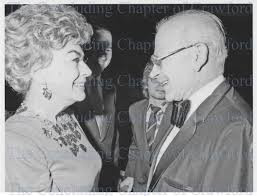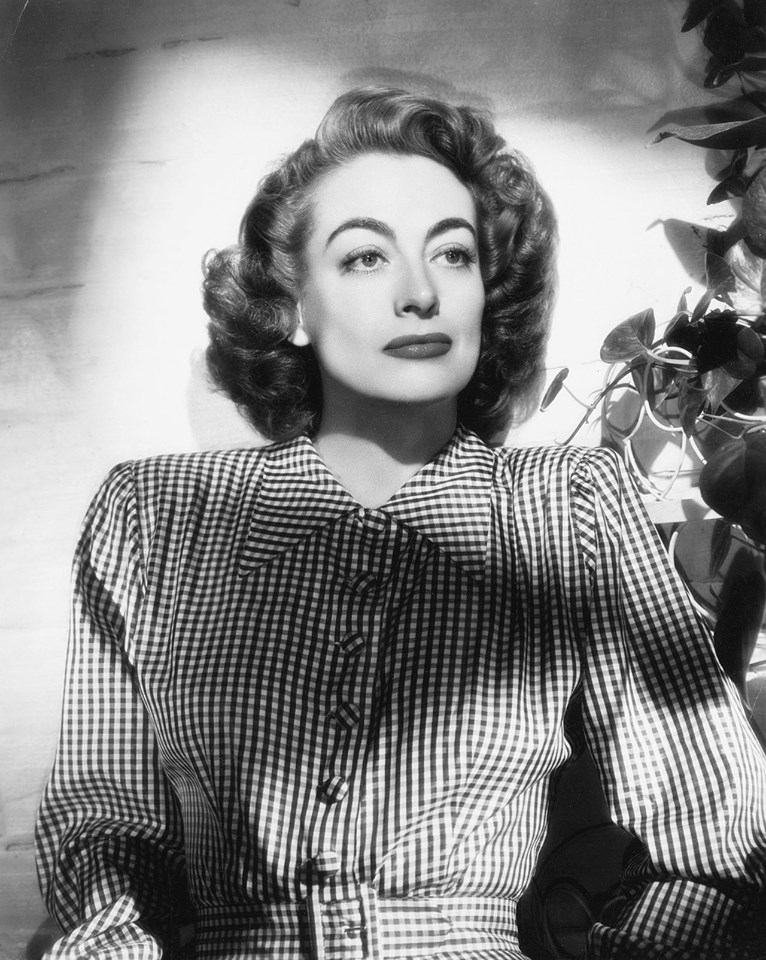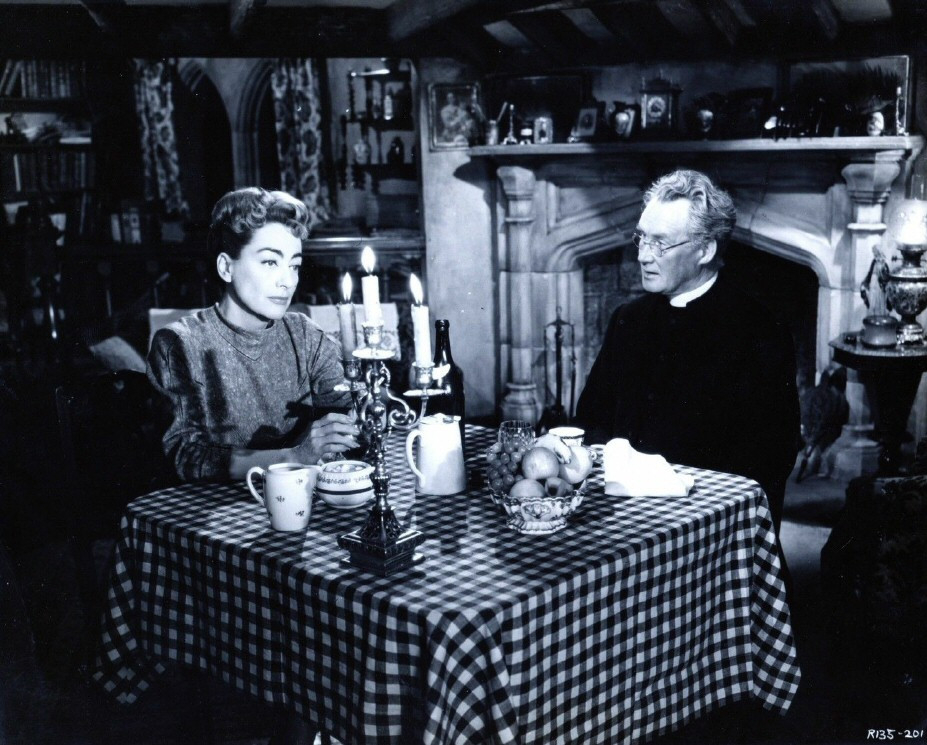Her major portrayals included a wanton stenographer in the star-studded adaptation of Vicki Baum's "Grand Hotel"; Sadie Thompson, W. Somerset Maugham's vulgar but vulnerable prostitute, in "Rain"; Crystal, a husband-stealing siren in Clare Boothe Luce's satire "The Women"; a scarred blackmailer in "A Woman's Face"; a schizophrenic in "Possessed," and the target of a homicidal husband in "Sudden Fear."
With dedication and skill, she also made commercial successes of what many reviewers scored as inferior vehicles with implausible plots and synthetic dialogue. In 1962 she began a new career in the horror genre, with "What Ever Happened to Baby Jane?" co-starring Bette Davis.
She reveled in being a star and exhaustively cultivated her fan clubs and fans, predominantly women, with gifts and personally written notes--key efforts in maintaining their steadfast loyalty. She expressed delight in having "a hundred people clutching at my coat, clamoring for autographs."
In 1955 she married Alfred N. Steele, the company's board chairman and chief executive officer. Her previous marriages to three actors--Douglas Fairbanks Jr., Franchot Tone and Phillip Terry-- had ended in divorce.
Mr. Steele logged more than 100,000 miles a year in revitalizing the soft-drink company's worldwide activities. She started traveling with him, flying to gala openings of new bottling plants and conventions and serving as hostess of parties on their trips, as well as in their spacious East Side Manhattan penthouse. In 1959, two days after her husband died of a heart attack, she was elected the first woman director of the company's board.
She made scores of national tours, promoting Pepsi-Cola and her films. Accompanying her were large entourages and at least 15 trunks and suitcases for a wardrobe of up to 10 costume changes a day.
In New York, Miss Crawford became a leading benefactor, fund-raiser and honorary official for dozens of philanthropies, explaining to an interviewer in 1971, "I've been on the receiving end of so much good that I feel I have to give something back." Among her many honors were election as a fellow of Brandeis University and designation in 1965 as the first Woman of the Year by the USO - United Service Organizations of New York for her qualities as "an actress, an executive, humanitarian."
Of French and Irish descent, Miss Crawford was born Lucille LeSueur in San Antonio. She listed her birth date as March 23, 1908, but many reference works put it at two to four years earlier. Her parents, Thomas and Anna Johnson LeSueur, separated before her birth, and her mother soon married Henry Cassin, owner of a vaudeville theater in Lawton, Okla. She was known for years as Billie Cassin.
Her youth was harsh. Her family, including her elder brother, Hal LeSueur, moved to Kansas City, Mo., about 1916. Her mother and stepfather soon separated and, from the age of 9, she had to work, first in a laundry, helping her mother, and then in two private schools, St. Agnes Academy and the Rockingham School, where she was the only working student, cooking, washing dishes, waiting on tables and making beds for 30 other youngsters. She did not object to working, she recalled, but to being treated as a slave.
Work prevented her from attending classes. The wife of Rockingham's headmaster often punished her, with broom-handle floggings, she wrote, and falsified her records, which enabled her to enter Stephens College in Columbia, Mo., as a working student. After about three months, aware that she was not academically prepared, she withdrew:
Dancing was her main outlet, and in her early teens she won a Charleston contest in a Kansas City cafe. She worked as a salesgirl, pinching pennies for dancing lessons.
Vowing "to be the best dancer in the world," she went to Chicago, where she danced and sang in a cafe, and then to Detroit, where J. J. Shubert, the producer, picked her from a nightclub chorus line to dance on Broadway in his 1924 revue "Innocent Eyes." Spotted by Harry Rapf, a talent scout for Metro-Goldwyn-Mayer, she was offered a screen test. Passing it, she signed a six-month contract for $75 a week, and on Jan. 1, 1925, set out for Hollywood. The freckle-faced, 5-foot-4 1/2-inch-tall dancer was a little plump, but soon slimmed down by daily jogging, decades before it was voguish.
She plunged into her movie apprenticeship as a chorus girl in "Pretty Ladies," a Zasu Pitts comedy; an ingenue in "Old Clothes" with Jackie Coogan, and a featured dancing role in "Sally, Irene and Mary." She was voted a Wampas "baby star," won a new contract and, because Lucille LeSueur was regarded as awkward to pronounce, was given the name Joan Crawford, the winning entry in a movie-magazine contest. She gained experience and billing playing opposite such actors as Lon Chaney, William Haines and John Gilbert, and rocketed to fame in "Our Dancing Daughters." She passed the talking and singing test in 1929, in "Untamed," co-starring Robert Montgomery, and made eight movies over the years with Clark Gable, most of them box-office hits. They included "Dancing Lady," gliding with Fred Astaire in his movie debut, and "Strange Cargo."
At M.-G.-M. Miss Crawford occasionally broke away from stereotyped casting and won acclaim for distinctive performances. But the best roles went to Greta Garbo and Norma Shearer, the wife of Irving G. Thalberg, the studio's executive production manager. After the two actresses retired, Greer Garson got the plums. Frustrated by formula films, which she termed "undiluted hokum," Miss Crawford asked Metro to drop her contract in 1942, and she left the studio after 17 years. She joined Warner Brothers, but rejected scripts for more than two years until her triumphal return in "Mildred Pierce."
In this and many other movies, she showed, as Richard Schickel wrote in "The Stars," published in 1962, a mastery "of what the trade knows as the 'woman's picture'," in which "she suffers incredible agonies of the spirit in her attempts to achieve love and or success. The women suffer along with Miss Crawford, but are reassured by what they know of her own career, which clearly states that a woman can triumph in a man's world."
In her later career she projected a kind of ageless image. Her roles included the emotionally confused "Daisy Kenyon," a carnival girl and convict in "Flamingo Road," a shrew in "Harriet Craig," a hoofer in "Torch Song," a western ranch-gang leader in "Johnny Guitar," a lonely spinster who marries a psychotic youth in "Autumn Leaves" and many other vehicles of ordeal and anguish. Miss Crawford is survived by her four children: Mrs. Cathy Lalonde, Mrs. Cynthia Jordan Crawford, Christina Crawford, and Christopher, and four grandchildren.

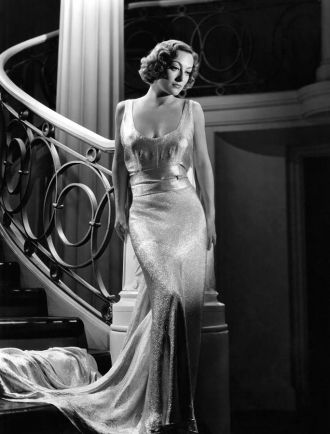
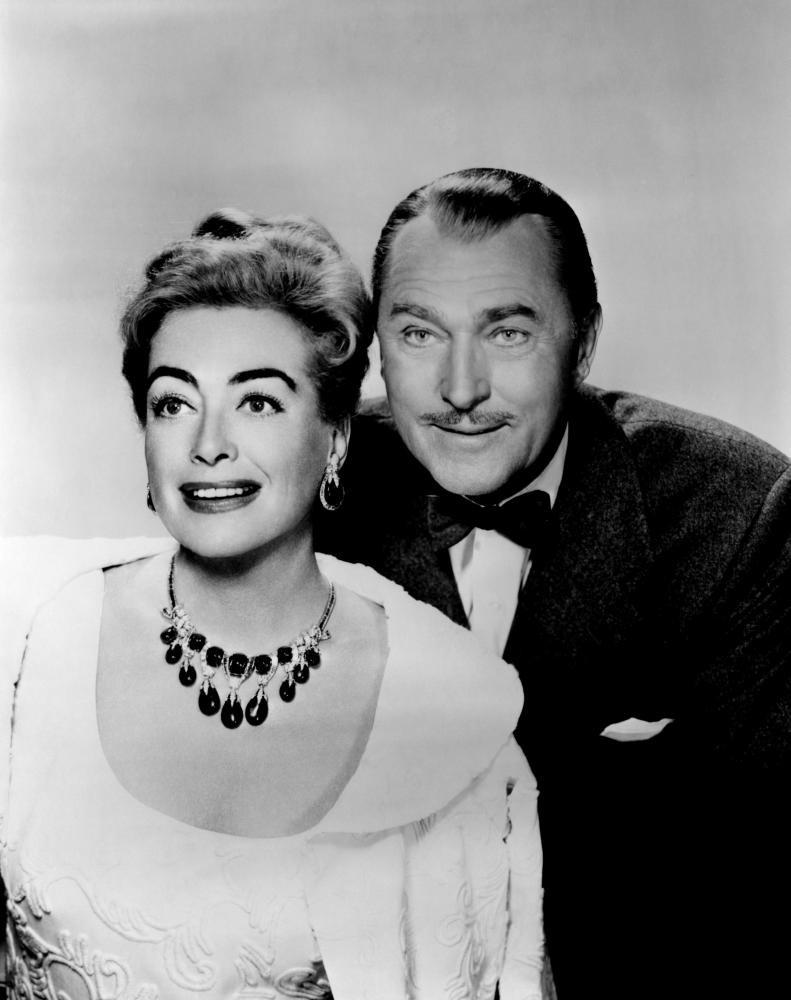
 Amanda S. Stevenson
Amanda S. Stevenson 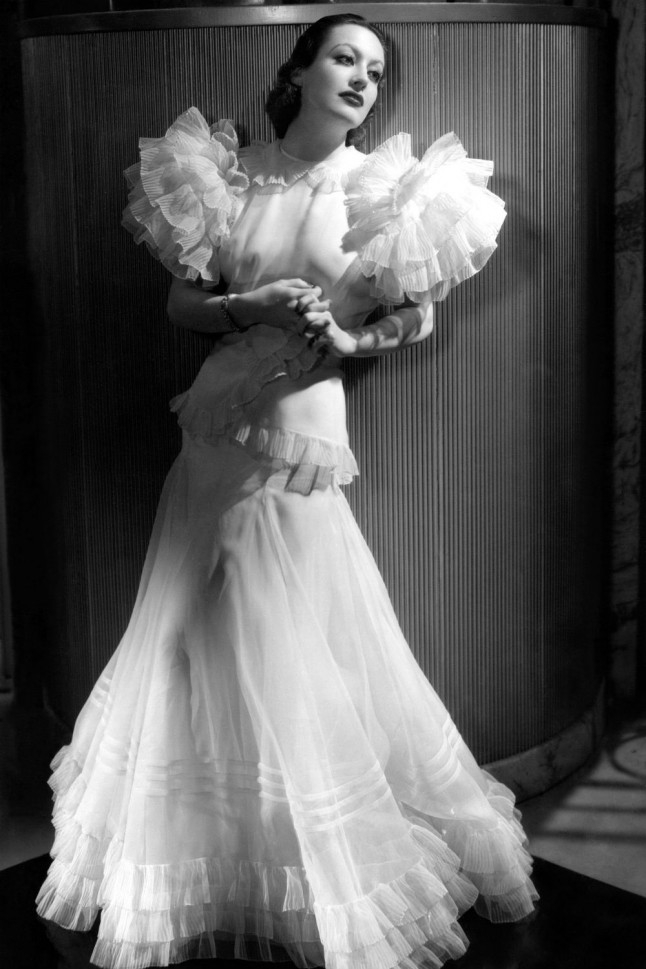
 Kathy Pinna
Kathy Pinna 